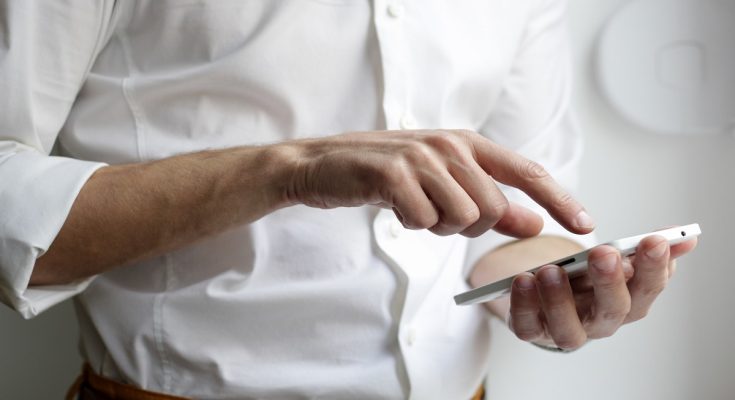Basic security and privacy practices are essential to ensure the safety of your smartphone and the personal information it contains. Those fundamental steps you can take to enhance the security and privacy of your smartphone:
1. Passcode/Password: Enable a strong passcode or password to unlock your device. Use a combination of numbers, letters, and symbols for added security.
2. Biometric Authentication: If your smartphone supports biometric authentication (such as fingerprint or facial recognition), consider using it in addition to a passcode for added security.
3. Software Updates: Regularly update your smartphone’s operating system and apps. Updates often include security patches that fix vulnerabilities and protect against potential threats.
4. App Permissions: Review the permissions that apps request before installing them. Only grant necessary permissions to apps, and be cautious about granting access to sensitive data like your location, camera, and microphone.
5. App Sources: Download apps only from official app stores (like the Apple App Store or Google Play Store). Third-party app stores can pose a higher risk of downloading malicious apps.
6. Security Software: Consider using reputable mobile security software or antivirus apps to help protect your device from malware and other threats.
7. Lock Screen Notifications: Configure your lock screen settings to hide sensitive content from notifications. This prevents others from seeing your private information without unlocking your device.
8. Encryption: Enable device encryption to secure your data in case your smartphone is lost or stolen. Modern smartphones often come with encryption enabled by default.
9. Remote Tracking and Wiping: Activate the “Find My Device” feature (or equivalent) so you can track your device’s location and remotely wipe its data if it’s lost or stolen.
10. Public Wi-Fi: Avoid using unsecured public Wi-Fi networks for sensitive tasks like online banking or accessing personal accounts. If you must use public Wi-Fi, consider using a virtual private network (VPN) for added security.
11. App Updates: Keep your apps up to date as well. App updates often include security fixes and improvements.
12. Two-Factor Authentication (2FA): Enable 2FA whenever possible for your accounts. This adds an extra layer of security by requiring a second verification step, usually a code sent to your phone.
13. Secure Browsing: Use a secure browser and be cautious when clicking on links in emails, text messages, or websites, as they could lead to phishing attempts or malicious sites.
14. Review Privacy Settings: Regularly review the privacy settings on your smartphone and individual apps. Adjust settings to limit the sharing of your personal information.
15. Data Backup: Regularly back up your smartphone’s data to a secure cloud storage service or your computer to prevent data loss in case of device damage, loss, or theft.
By following these basic security and privacy practices, you can significantly reduce the risk of unauthorized access to your smartphone and personal data.

